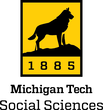|
This past week, Drs. Sarah Fayen Scarlett and Don Lafreniere took part in separate presentations, connecting the Copper Country to larger patterns of migration in the 19th and early 20th Centuries. Students of Copper Country history are well-acquainted with histories of Cornish, Italian, and Finnish immigrants, but by the early 1900s, the Keweenaw Peninsula hosted many more immigrant groups about which we are still learning. These groups of people lived and worked in our communities which inspire us to research their stories. With immigrant groups arriving from dozens of countries, there is a richness to our history worth researching. Their stories are worth telling. One such group are the Francophone (French-speaking) immigrants, who came primarily from Quebec, Canada. French-Canadians and other Francophones represented nearly 25% of the entire population of the Copper Country from 1880-1900. Calumet's St. Anne Roman Catholic Church, now the Keweenaw Heritage Center, and Lake Linden's St. Joseph both served as spiritual homes for French Canadian Catholics in the Keweenaw, architectural footprints that testify to their numbers. Where did these people arrive from? What were their lives like in the Copper Country? How did they move about their communities? If they left, where did they move to? St. Anne Roman Catholic Church (Calumet) and St. Joseph Roman Catholic Church in Lake Linden, courtesy of the Keweenaw Time Traveler The Keweenaw Heritage Center and St. Joseph, courtesy of Copper Country Architects anThe Historical Environments Spatial Analytics Lab and Keweenaw Time Traveler teams are partners in an international collaborative research project called Three Centuries of Francophone Migration in North America 1640–1940, which unites over 40 researchers in Canada, the US, the Caribbean, and Europe to better understand the historical experiences and contemporary relevance of French-speaking people throughout the continent. At Michigan Tech, researchers will use the Keweenaw Time Traveler and other resources to investigate the lives of French-Canadian migrants to the Copper Country, exploring their greater significance in the development of society and industry in the Upper Peninsula. Dr. Scarlett had the honor of joining a bilingual public program hosted by the Centre De La Francophonie Des Amériques and the Québec Government Offices in Chicago, Boston, and Houston examining 3 centuries of French-Canadians in the United States. For those interested, their page hosts a free, bilingual recording of the program available for viewing. While other presenters gave broader overviews, Dr. Fayen-Scarlett presented a more specific microhistory, focusing on the life of Joseph Grégoire. Grégoire was born in Québec, Canada in 1833 and moved to the Copper Country, setting up a lumber mill and establishing a town named Gregoryville. Gregoryville reflected the anglicization of his family name and was a home for approximately 310 French-Canadians in 1870. Grégoire's influence is still felt in the Copper Country today thanks to his support of the first St. Joseph Church in Lake Linden by donating the necessary lumber for its construction. This first building was later replaced in 1912 by the Jacobsville Sandstone building we recognize today. Some of this research was completed with undergraduate history major Brooke Batterson. Check out the story map she made! Joseph Grégoire courtesy of Dr. Du Long's Acadian and French Canadian Genealogy (left) and the Gregoryville Sawmill courtesy of Michigan Tech Archives Copper Country Historical Images (right) Dr. Lafreniere, presented as part the Midis du Centre interuniversitaire d'études québécoises on the integration of the Francophone Migration project and the Keweenaw Time Traveler's historic spatial databases. Dr. Lafreniere began with an overview of the concept of Deep Mapping, which is a way of studying spatial patterns while also developing rich, spatial narratives through the use of maps, aerial photos, oral interviews, newspaper articles, and letters and journals. By providing this background information, Dr. Lafreniere was able to contextualize the power and research capacity of a historical spatial data infrastructure (HSDI), such as the one powering the Keweenaw Time Traveler. A Deep Map's consolidation of archival sources courtesy of Dr. Don Lafreniere The HSDI powering the Keweenaw Time Traveler hosts the records and powers our inquiry into the Francophone migration across North America including census data between the years 1870 and 1940, city directories, enumeration district maps and descriptions, and French Canadian surname dictionaries. Dr. Lafreniere highlighted the challenges of this research such as inconsistent census questions, the anglicization of names (such as Gregory instead of Grégoire), and enumeration/transcription errors. His presentation highlighted the tools we use to face these challenges, explored the indicators of social mobility, and introduced the Francophone Migration Project Portal for those interested in exploring the data. The Keweenaw Time Traveler Team is honored to share the importance of our region's heritage, and we are pleased and humbled that we may share these stories to national and international audiences. We also want to thank our teammate Gary Spikberg for his research in identifying the French-Canadian diaspora and his efforts in their mapping.
0 Comments
|
|
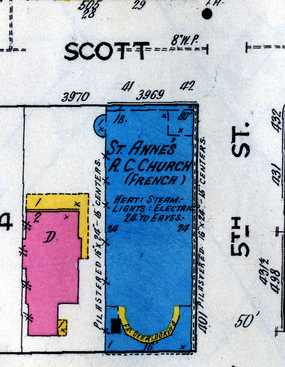
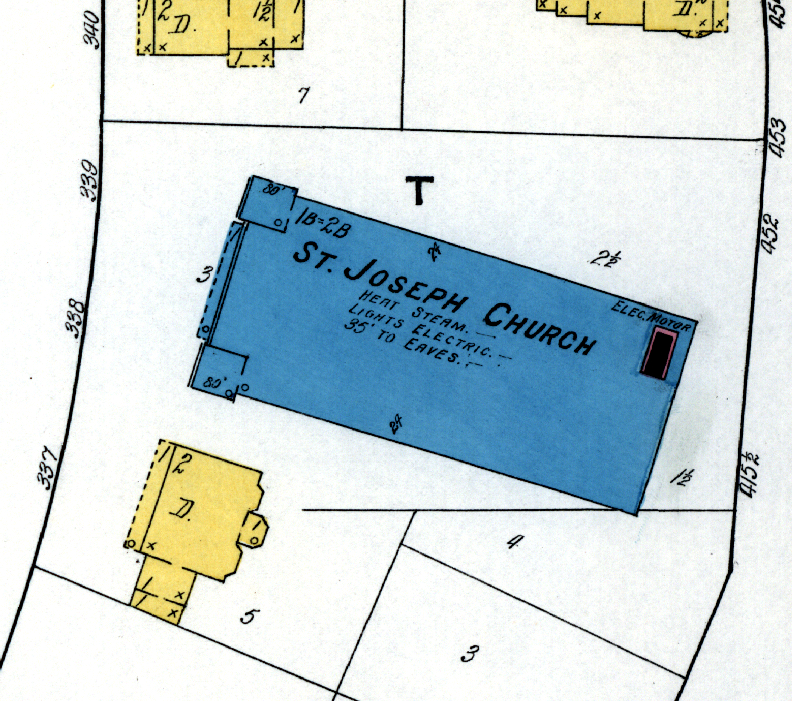
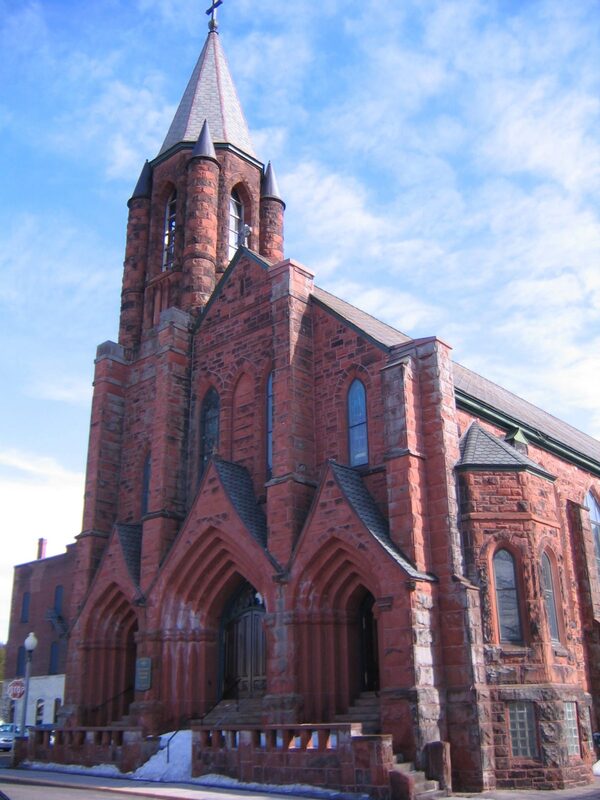


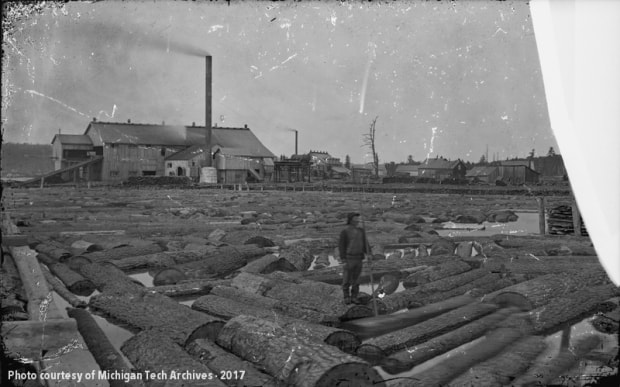
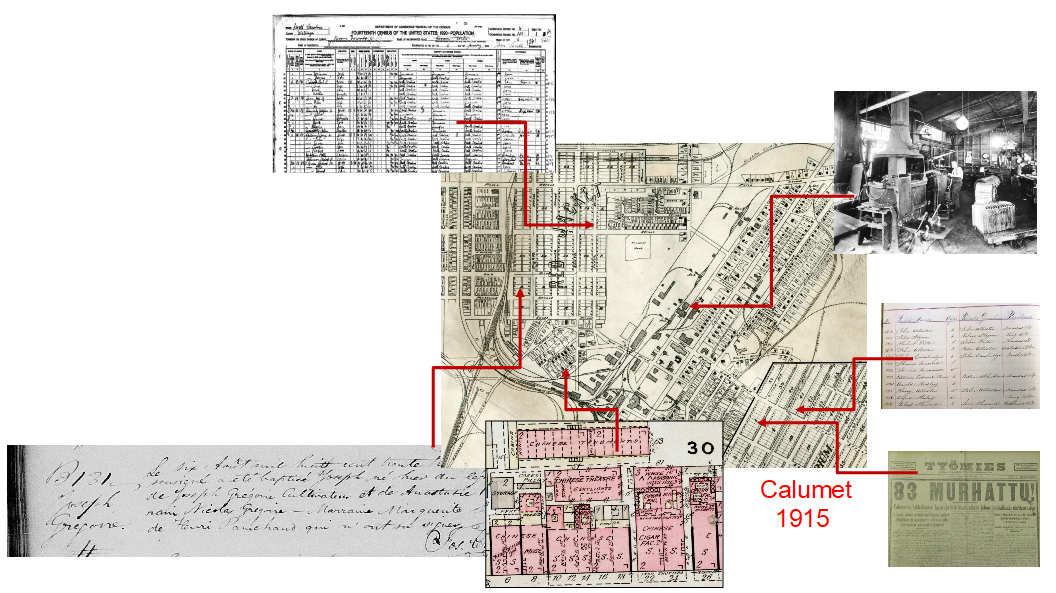
 RSS Feed
RSS Feed



